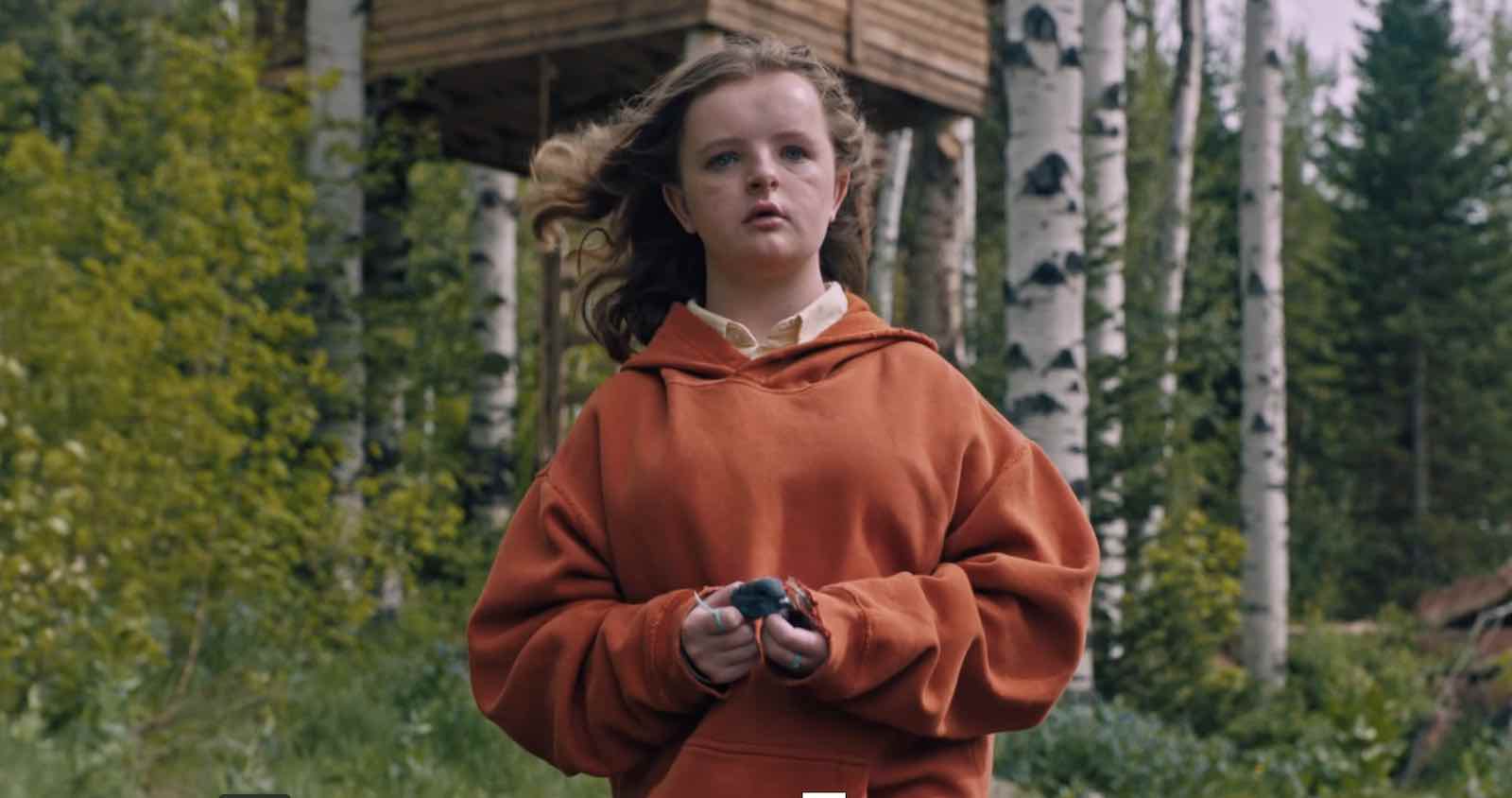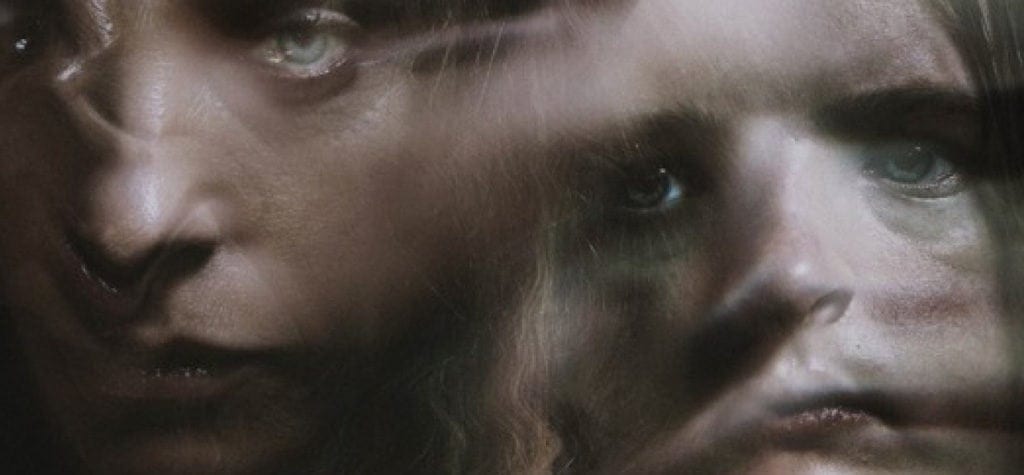
Suspense in ‘Hereditary’ creates a new type of horror film
Every now and then, a horror makes its way out of the ninth circle of hell and onto the silver screen to wet the pants of movie critics worldwide and change the face of the genre forever. It’s a rare occurrence but one that us horror junkies relish with every sadistic bone in our bodies.
Hereditary is one of those films – a harrowing depiction of a grieving family, Ari Aster’s surrealistic masterpiece is topped off with themes of the supernatural that, unlike any other horrors before it, are overshadowed by a darker force at play. Likened to classics such as Rosemary’s Baby and The Witch, Aster did something far smarter with his feature debut – the movie is genuinely terrifying, but that’s not what gives it such force.

Without running into spoiler territory, the overriding emotions of Hereditary are controlled by a harrowing sense of dread and curious intrigue, using the genre as a vehicle to highlight the trauma of the human experience. We were absolutely bowled over by the cast too, particularly Toni Collette (The Sixth Sense) as the family’s mom who is hit with a trauma that shakes the entire family from within.
We thought Hereditary was so nice, we saw it twice (no joke) and as such, were able to pick up on the nuances of the film we missed the first time around. Although the plot portrays suffering too deep to comprehend and imagery that’ll never be buried, we’re still not taken into gratuitous shock horror territory and that’s in part thanks to Aster’s talents as a writer.
But it’s also thanks to his subtle use of suspense that keeps viewers in anticipation of what’s to follow. Here are five of the methods Aster used deliberately to build an entirely new type of horror film.
Warning! Now we definitely are headed into spoiler territory. Enter at your own peril!

Sound design
One of the most simple and effective ways to build suspense in a film is with sound design, but unfortunately it’s very easy to get wrong. This couldn’t be further from the truth for Hereditary, the sound of which was arguably the biggest star of the entire movie.
While the frenzied performances from the stars will mess with your head, the audio will mess with it further, using effects that had audience members turning in their seats wondering if it was the film, some dude sat behind them, or the diminishment of their sanity.

Even more so, the score and the images are tied together, reaching dizzying highs and groaning lows dependent on the action. This is something composer Colin Stetson set out to do when creating the score for Hereditary, telling GQ:
I wanted to make sure that in no way was this score attracting attention to itself, away from picture, away from the narrative, away from the slowly unraveling and unfolding mysteries of the storyline. I purposely avoided really big, sweeping, more conventional melodic ideas, ‘cause every time those were attempted they just drew too much attention to themselves.

Camera movement
Aster’s directorial style is important to the encompassing sense of dread in the film. Favoring long shots and slow camera movements over jump cuts are what set Hereditary apart from other horror movies of this kind – the slow dolly shots offer viewers their own point of view of the family’s harrowing events.
Think of the movement away from the bedroom of Steve (Gabriel Byrne) and Annie towards the hallway in which the silhouette of Peter (Alex Wolff) is stood following the accident or the movement from the master bedroom into Peter’s as Annie follows the trail of ants.
Or the most shocking and innovative shot is perhaps that in which Annie discovers Charlie (Milly Shapiro) is dead. Instead of holding the camera on Annie as she screams in despair and grief, all we see is Peter’s expressionless face. “That’s probably my favorite sequence in the film,” Aster revealed, “everything that’s happening around those 15 minutes.”

Avoiding cliches
Hereditary was refreshing in that it didn’t rely on typical scares to freak its audience. Think about the seance scenes – as the characters stood holding their hands over a glass while calling upon the deceased, most supernatural horrors of this kind would have built these up or waited a couple of scenes before the action took place (think of the Ouija board setting light in Paranormal Activity).
Why? Because those are where the scares often come from. Aster on the other hand took a totally different approach. The glass moves almost immediately in both seance scenes because his scares are derived from a completely different place.
These scenes were almost theatrical in some instances, particularly the scene in which Joan’s (Ann Dowd) “grandson” writes “I love you grandma” on the chalkboard as she squeals in delight. Aster doesn’t even try to make this scene scary, because it’s very hard to do so when such a trope has been used time and again in horror movies up until now.

Instead, he messes with a bait and switch approach for the genuine scares. For example, when Peter is stood over his dad’s body during the final act, all eyes are on Annie who is suspended up in the corner. That’s when Aster throws in the curveball of the burnt figure stood in the corner with his grimacing face – audiences weren’t expecting that as we were too busy worrying about Peter’s possessed mother.
Same goes for the horrific scene in which Annie is suspended in the loft sawing away at her own neck. Just when you think it can’t get much worse, the camera cuts to the three naked occultists, causing Peter to scream before jumping out of the window.

Reaction shots
When it comes to horror films, it’s often what we don’t see that is most horrifying – after all, our imaginations will fill in the blanks in ways too disturbing to put on screen. This is used to great effect in Hereditary, as Aster peppers the film with reaction shots during its most harrowing scenes.
Forever etched into our memories will be the moments following the incident (if ya know, ya know) when the camera does everything it can to stay on Peter’s face and his non-reaction. As Vulture put it:
The result of Wolff leaving himself to burn is an excruciatingly long, tight shot of Peter’s face. Like many of the most trying scenes in Hereditary, Aster drags it out to the threshold of self-indulgent to maximize discomfort, and puts his audience in emotional jail with his characters.
Another notable reaction shot is without a doubt Bridget’s (Mallory Bechtel) in the classroom scene which, while brief, is nonetheless horrifying and builds just enough tension before the big reveal.



